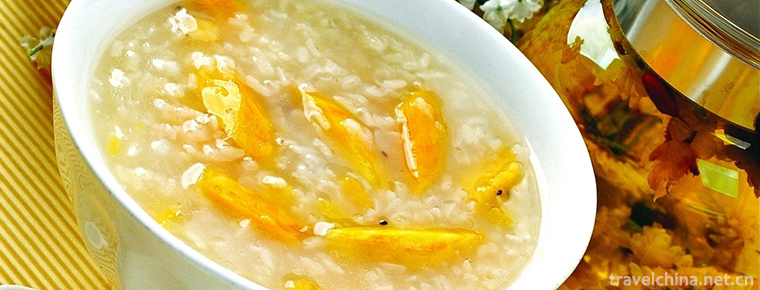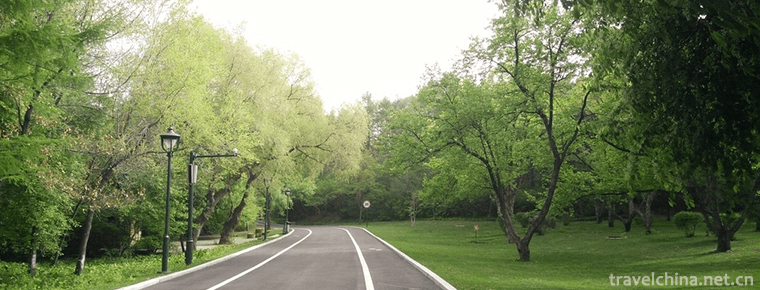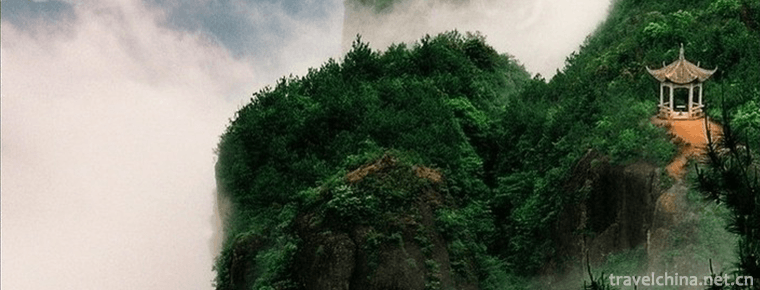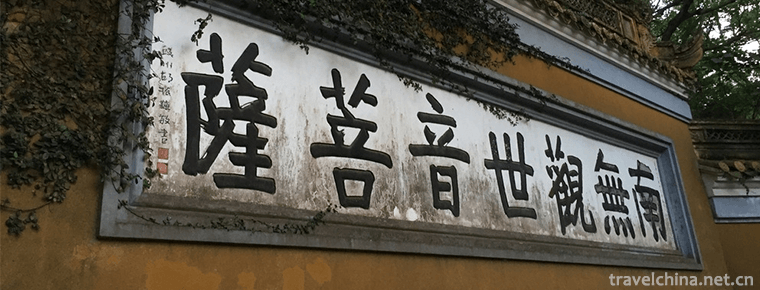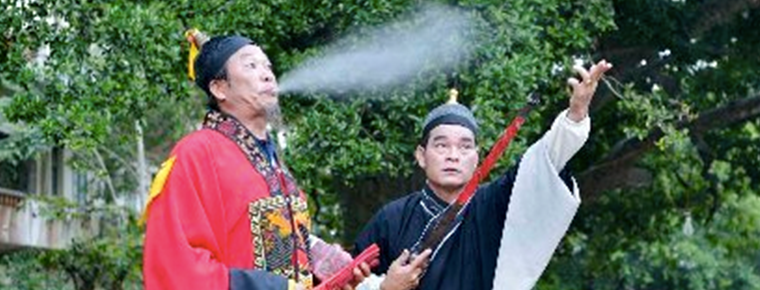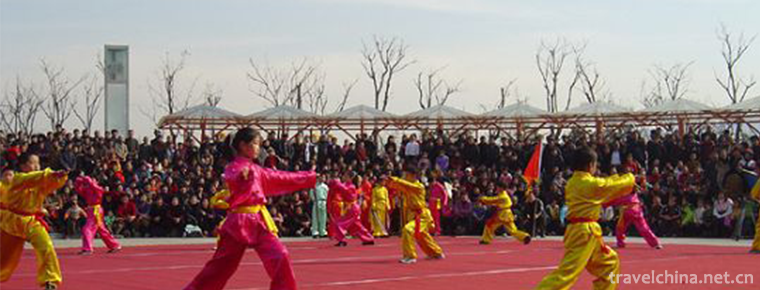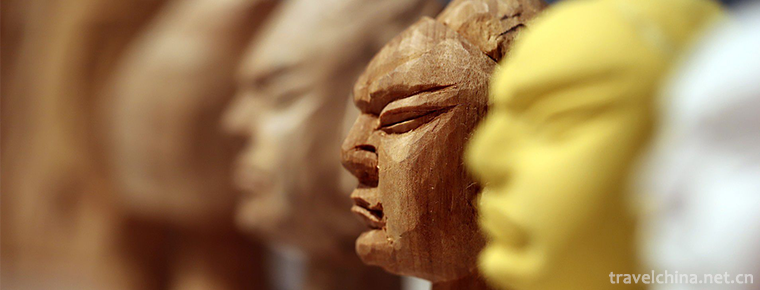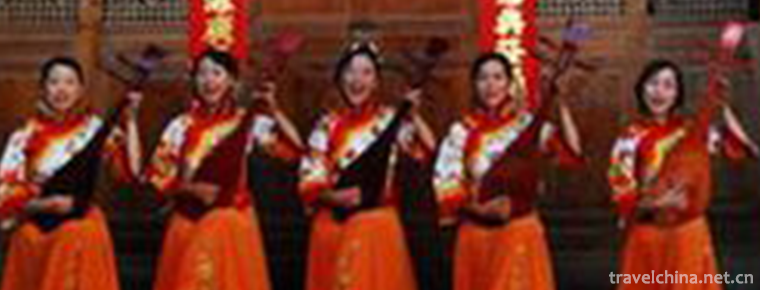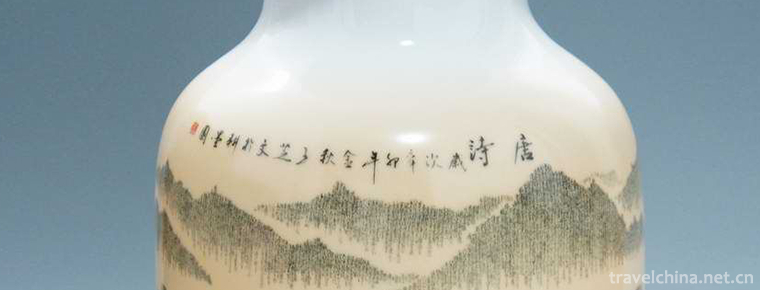Mongolian camel ball
Mongolian camel ball
The intangible cultural heritage is the manifestation and cultural space of various traditional cultures which are inherited from generation to generation and closely related to people's life. The intangible cultural heritage is not only the witness of historical development, but also the precious and valuable cultural resources. In 2014, the State Council approved the fourth batch of 153 representative projects of national intangible cultural heritage determined by the Ministry of Culture, and the Mongolian camel ball project of Urat Houqi was included in the fourth batch of representative projects of national intangible cultural heritage.
It is reported that Mongolian camel ball evolved from Polo competition. At first, it was only a non-governmental organization's competitive game, without strict competition rules. As long as the venue was slightly smoother, it could be carried out easily. Therefore, it quickly became popular on the grassland. After continuous development and improvement, it formed unique competition rules. Since then, an international camel ball game has been held every year, which is very popular among farmers and herdsmen.
In some areas of Inner Mongolia, camel games are held every festival (including Nadam Convention and Spring Festival). The growing prosperity of camel Games has also led to the development of herdsmen's folk sports. Up to now, Urat Houqi has formed 30 camel teams and more than 300 successors. They have participated in nearly 100 camel Invitational competitions, performance competitions and competitive competitions organized by various regions, and have been invited to participate in the Mongolian International Camel Championship League. The Mongolian camel ball reflects the historical evolution process of the Urat Mongolian people, and reflects the healthy concept and national spirit of the grassland children, who are strong in body, strive hard, natural and frank, and live in harmony with nature. It has distinct regionalism and strong national character.

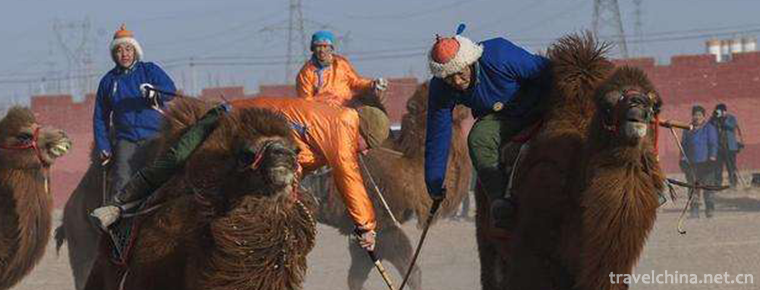
-
Sweet potato porridge
Main ingredients for food ingredients: 250 grams of fresh sweet potato, 150 grams of Japonica rice, a number of red dates, and a proper amount of sesame seeds.
Views: 286 Time 2018-11-02 -
Shenyang Botanical Garden
Shenyang Botanical Garden, located in Dongling District of Shenyang, also known as Shenyang World Expo Garden and Shenyang World Horticulture Expo Garden.
Views: 223 Time 2018-12-02 -
ShenxianjuImmortal residence
Shenxianju, a famous ancient mountain, is also known as Weiqiang Mountain. Now it is a national 5A scenic spot. There is the title of He Shu's calyx in Qianlong period of Qing Dynasty.
Views: 211 Time 2018-12-07 -
Putuo Mountain Scenic Spot
Putuo Mountain Scenic Spot, located about 100 nautical miles east of Hangzhou Bay, Zhejiang Province, is an island in Zhoushan Islands. The island covers an area of 12.5 square kilometers.
Views: 157 Time 2018-12-07 -
Hainan Zhai Opera
Hainan Zhai Opera is a traditional sacrificial ritual drama in Hainan Province. It is similar to the Nuo Opera in northern China. It is known as "Nuo Opera in the north.
Views: 209 Time 2019-05-02 -
Manchu Folk Stories
Liaoning is a region where Manchu people have formed, risen and grown up. It contains extensive and profound Manchu cultural relics and connotations. Manchu folktales originated from the Manchu people.
Views: 111 Time 2019-05-18 -
Meishan Wushu
Meishan Wushu is a traditional school of Wushu which is spread in Hunan Province. Xinhua is an ancient and magical land. It has not only nurtured many historical celebrities, but also cultivated Meish.
Views: 111 Time 2019-06-03 -
Puppet Head Sculpture
Zhangzhou puppet head carving is a traditional folk arts and crafts in Zhangzhou City, Fujian Province. It belongs to a special skill in the production of puppet stage props. Zhangzhou puppet head car.
Views: 103 Time 2019-06-06 -
Nanping Opera
Nanping Opera is a folk art popular in the area of Jiuzhaigou County (former Nanping County) on the Northwest Plateau of Sichuan Province. It was once called "Nanping Pipa Playing and Singing&quo.
Views: 293 Time 2019-06-07 -
Ceramic microbooks
Ceramic micro-calligraphy is one of the folk skills which perfectly combines Chinese calligraphy art with color porcelain art. It has a long history. Artists not only maintain the traditional style, b.
Views: 313 Time 2019-06-18 -
Chuanxindian earthquake site
Compared with Beichuan earthquake site, Yingxiu earthquake site and Hanwang town earthquake site, chuanxindian earthquake site in Shifang has unique advantages. It can fully reflect the great spirit of earthquake relief and has great protection and construction value..
Views: 102 Time 2020-11-05 -
Mianyang tertiary industry
In 2019, the added value of the tertiary industry in Mianyang will increase by 9.4%, 0.9 percentage points higher than the average level of the whole province. Among them, the added value of wholesale and retail industry increased by 9.5%, transportation.
Views: 330 Time 2020-12-14
